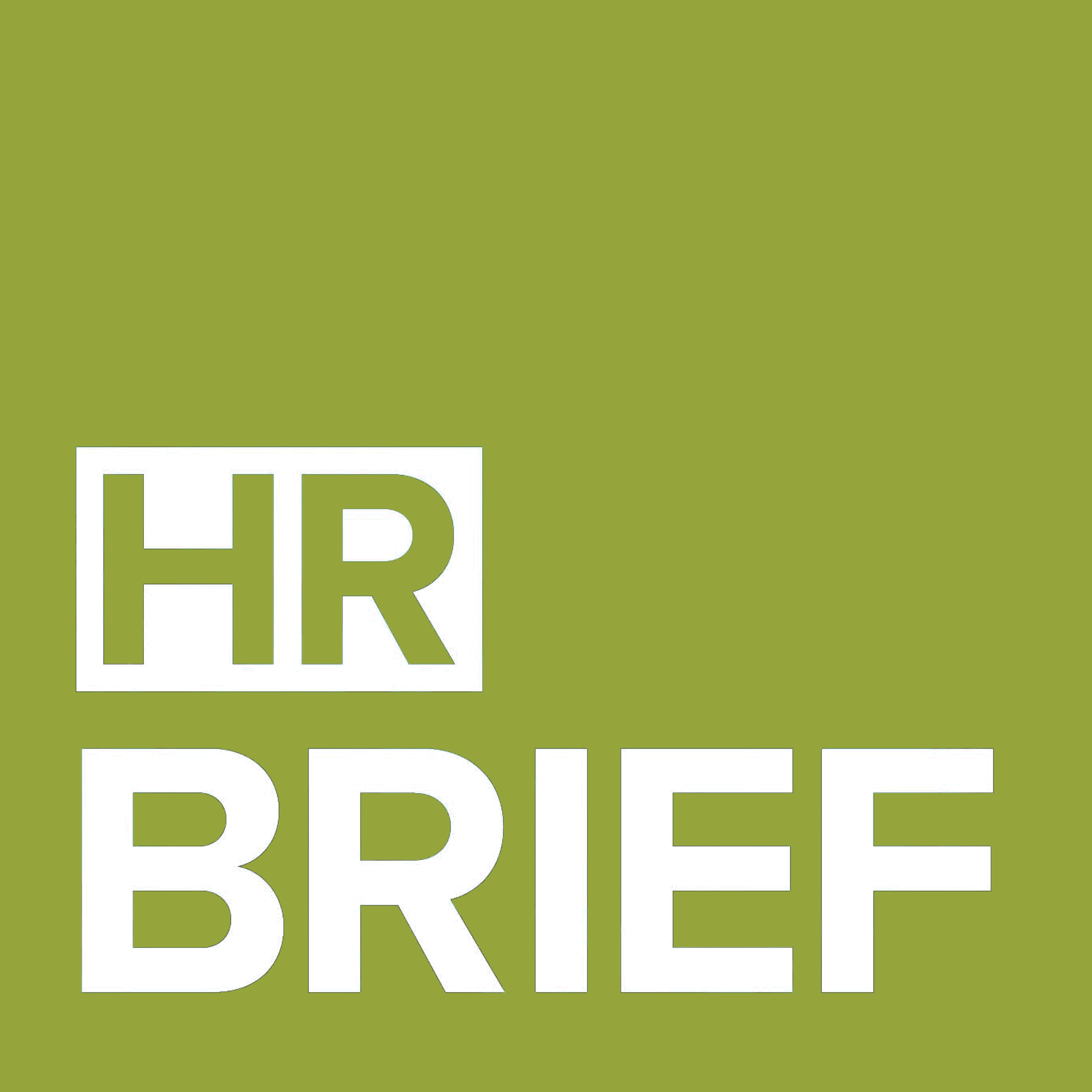
This month’s HR Brief looks at the DOL’s revised fluctuating workweek overtime method and examines recruiting efforts post-coronavirus.
DOL Revises the Fluctuating Workweek Overtime Method
The U.S. Department of Labor (DOL) recently announced a final rule that allows employers to pay bonuses or other incentive-based pay to salaried, nonexempt employees whose hours vary from week to week. The final rule clarifies that payments, in addition to the fixed salary, are compatible with the use of the fluctuating workweek method under the Fair Labor Standards Act (FLSA).
The Final Rule
The final rule allows employers to pay bonuses, shift differentials and other incentive payments to employees who are paid under the fluctuating workweek method. The final rule also establishes that supplemental payments must be included in the calculation of the regular rate, unless excluded under the FLSA.
The DOL anticipates that the final rule will grant employers greater flexibility to provide bonuses or other additional compensation to nonexempt employees whose hours vary from week to week.
Employer Takeaway
Under this method, employers can compensate employees with only half of their regular wage rate for overtime hours, as long as all of the requirements are met.
Employers should review the final ruling and consider the fluctuating workweek method as a cost-saving option to compensate employees who are not exempt from the FLSA’s overtime wage payment requirements.
Recruiting Post-coronavirus
While unemployment rates remain high, many employers may find themselves struggling to connect with the right candidates.
Current Employment Market
According to the Society for Human Resource Management, job seekers in the post-coronavirus employment market are prioritizing safety in the workplace and looking for stability with career-oriented opportunities rather than short-term employment.
Employers may want to consider how their employer brand and recruiting methods are resonating with the current employment market.
Steps You Can Take
Employer brand is as important as ever. Relevant topics include:
- Your COVID-19 response
- Actions you’ve taken to keep your workplace safe
- Your benefits offerings (including sick leave and mental health support)
- Your career-oriented job opportunities
To effectively engage with job seekers, employers should consider:
- Establishing an online presence
- Aligning the employer brand with recruiting
- Conducting virtual interviews
Recruiting methods will vary for every employer—ensure that your core strengths are transparent to job seekers.

Employee Spotlight: Mark Hairston
Please help us welcome Mark Hairston to the Seubert Team as our General Industries Practice

The Health Benefits of Walking
By boosting physical fitness and enhancing mental well-being, incorporating regular walks into your routine can

Nip Seasonal Allergies in the Bud
The Centers for Disease Control and Prevention reports that one-quarter (25.7%) of adults suffer from
